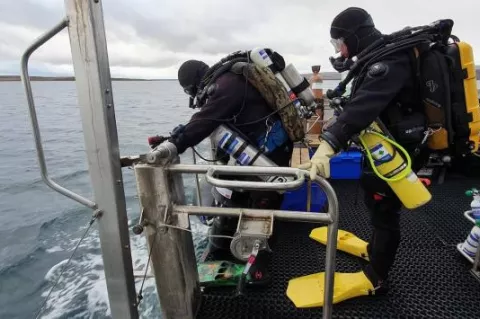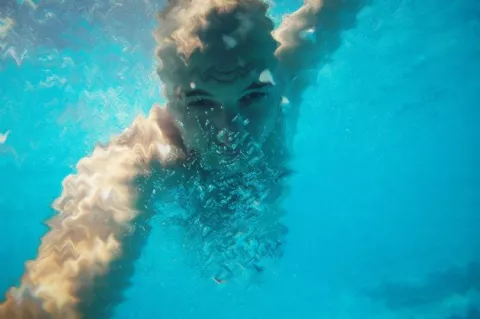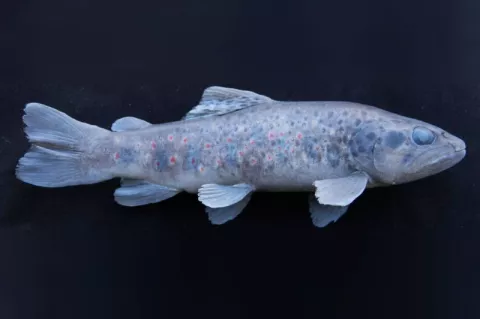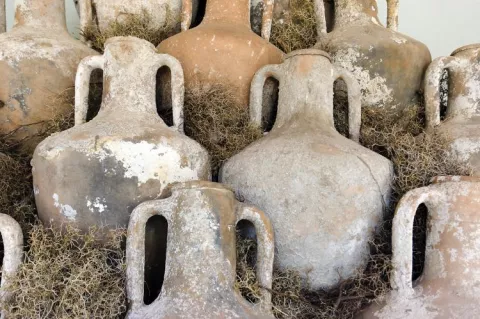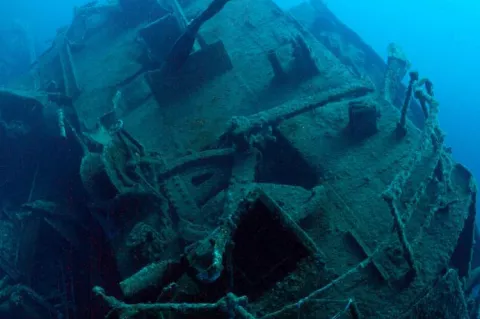Archaeologists Unearth 2,700-Year-Old Roman Port in Parion, Turkey
The underwater studies in Parion, a 2,700-year-old port city from the Roman Empire in Kemer village of Biga district of Çanakkale in northwestern Türkiye, have revealed the presence of the second ancient port of the city. This discovery is the second of its kind in the region and emphasizes Parion's historical significance in Roman trade and military operations.



